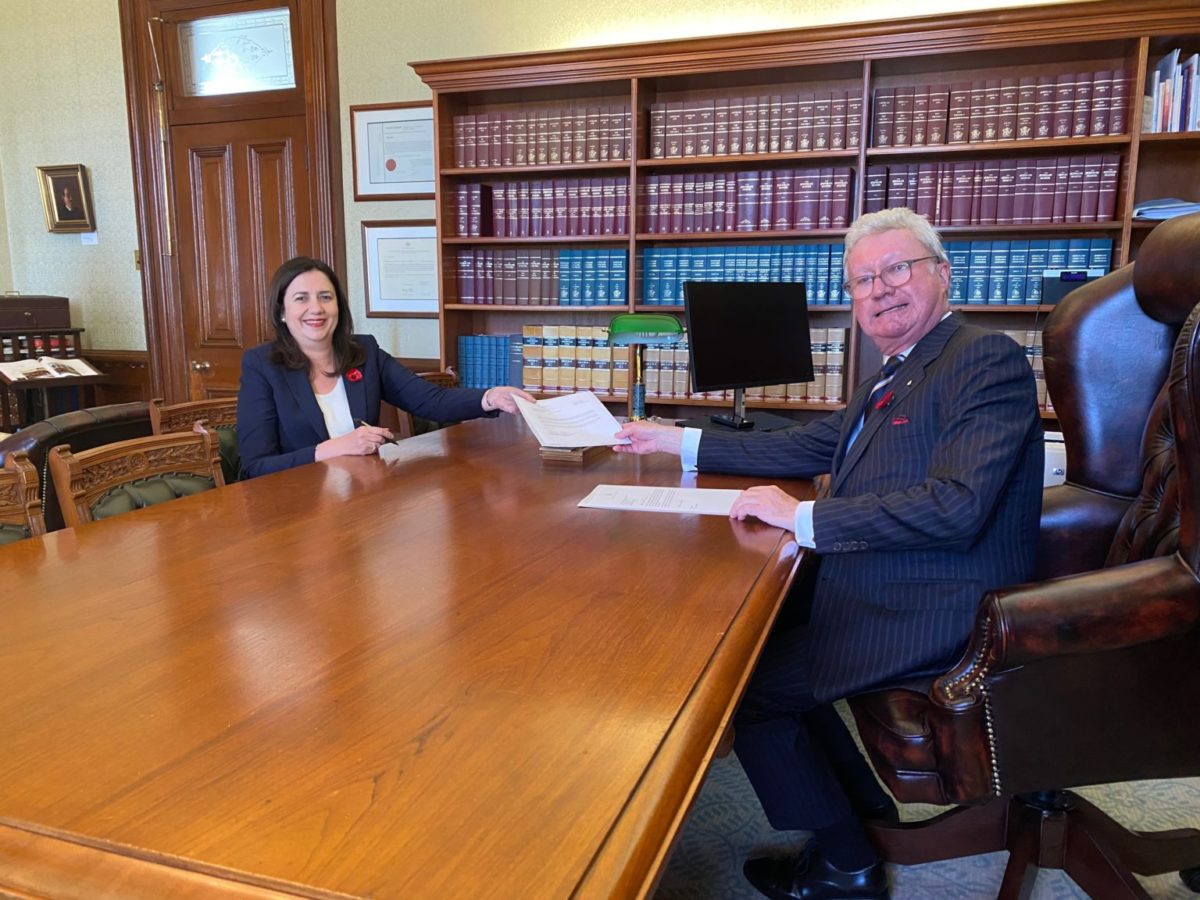Earlier this week, the Australian state of New South Wales launched an electricity infrastructure roadmap – a plan to retire coal-fired power generation by building 12 GW of large-scale solar and wind capacity. And the state of Queensland quickly followed by establishing a new state ministry of hydrogen.
Newly re-elected Premier and Minister for Trade Annastacia Palaszczuk said that the establishment of a ministry of hydrogen recognizes “the importance of this valuable new energy source.” The hydrogen portfolio harmoniously joins energy, renewables, public works, and procurement under the ministership of Mick de Brenni.
The Australian Hydrogen Council (AHC) welcomed the new ministership, with AHC CEO Fiona Simon congratulating the Queensland premier on this Australian first.
“This is the right time to recognise hydrogen with a portfolio in its own right,” said Simon, “By creating a hydrogen portfolio, the Queensland government recognizes hydrogen as an important new industry in the economic recovery, and a great opportunity for Queensland.”
That fact that hydrogen is a big part of Australia’s future is one of the few things everyone seems to agree on. Of course, there are different opinions about how green Australia’s hydrogen can and should be.
South Australia and Western Australia have been doing most of the early work, but it is important to remember that the pursuit of hydrogen development is a group project. Victoria took the initiative earlier this week through hydrogen research project at Deakin University’s Warrnambool campus. And the establishment of a hydrogen ministry in Queensland is evidence that no state or territory wants to be left behind.
Frost & Sullivan’s recent report, “Growth Opportunities in the Hydrogen Market for the Global Power Sector,” states that with Australia’s “abundant renewable energy resources and natural gas reserves, the country could efficiently utilize these attributes to become and remain a substantial player in the hydrogen value chain.” It said that global hydrogen production is set to more double between now and 2030, “reaching 168 million tons by 2030 from 71 million tons in 2020, with revenue expected to reach $420 billion in 2030 from $177.3 billion in 2020.”
In more good news for Australia’s various initiatives, Frost & Sullivan analyst Swagath Navin Manohar made particular note of the importance of decisive government action in making the hydrogen economy a reality. Manohar sets out four key areas where decisive government action could prove most efficacious.
“Support R&D activities related to technologies involved in the production, storage, transport, and utilisation of hydrogen and provide incentives to companies for developing the hydrogen and carbon capture utilization and storage (CCUS) infrastructure,” said Manohar.
Of course, carbon capture and storage is undoubtedly the most contentious public issue in Australia when it comes to hydrogen, with many decidedly upset at the prospect of anything but a 100% green hydrogen future. However, Manohar seems to agree with Australia’s outgoing chief scientist, Alan Finkel, in reckoning that breaking the socioeconomic barriers inhibiting the growth of hydrogen technology and permitting scale is essential in these early steps.
Clearly the race for hydrogen has well and truly begun. Whether Australia can capitalize on its natural endowment remains unclear, but it looks as though initiatives throughout the various levels of government are working in the right direction.
This content is protected by copyright and may not be reused. If you want to cooperate with us and would like to reuse some of our content, please contact: editors@pv-magazine.com.




By submitting this form you agree to pv magazine using your data for the purposes of publishing your comment.
Your personal data will only be disclosed or otherwise transmitted to third parties for the purposes of spam filtering or if this is necessary for technical maintenance of the website. Any other transfer to third parties will not take place unless this is justified on the basis of applicable data protection regulations or if pv magazine is legally obliged to do so.
You may revoke this consent at any time with effect for the future, in which case your personal data will be deleted immediately. Otherwise, your data will be deleted if pv magazine has processed your request or the purpose of data storage is fulfilled.
Further information on data privacy can be found in our Data Protection Policy.